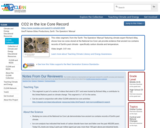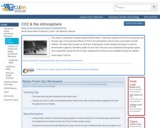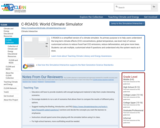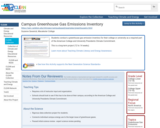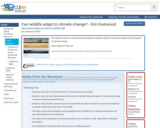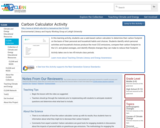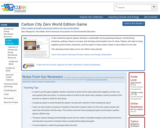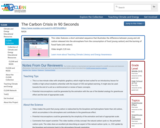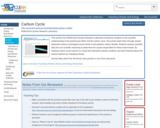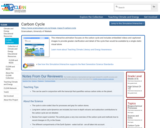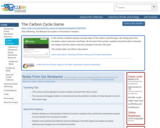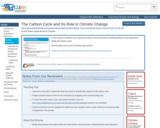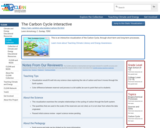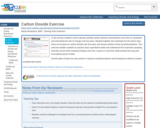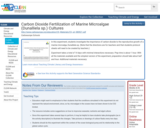
This video explores the affect on seabirds of a three year ocean warming event (2013-16) in the NW Pacific. With ocean warming, a massive die off occurred based on the decline of food resources.
- Subject:
- Applied Science
- Biology
- Career and Technical Education
- Ecology
- Environmental Science
- Environmental Studies
- Life Science
- Physical Science
- Material Type:
- Diagram/Illustration
- Reading
- Provider:
- CLEAN: Climate Literacy and Energy Awareness Network
- Provider Set:
- CLEAN: Climate Literacy and Energy Awareness Network
- Author:
- Ascentios
- Ben M. Collins
- Date Added:
- 11/29/2020



